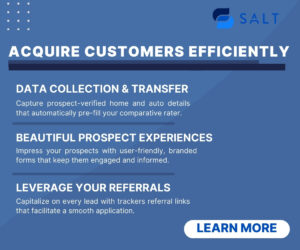Are you aware of how much control you really have over your data on LinkedIn?
In today’s digital age, understanding how platforms like LinkedIn use our data to power artificial intelligence features is more crucial than ever.
As a tech enthusiast and longtime LinkedIn user, I’m here to help you navigate the latest updates in LinkedIn’s terms of service regarding AI and data usage.
I recently received an email from LinkedIn indicating that their terms of service have been updated. The update specifically focuses on how they use Generative AI and your data. If you’re a LinkedIn user, you’ll want to know about these changes and what they mean for you.
Generative AI Tools & Your Data
LinkedIn is integrating Generative AI tools across the platform. This means AI is now helping you craft better posts, optimize your profile, and personalize your feed. Pretty cool, right? But there’s more to it: LinkedIn’s AI uses your content—posts, comments, and articles—as training data. Essentially, what you share on LinkedIn helps make these AI tools smarter and more context aware.
LinkedIn collects information about your profile details, activities (likes and comments), and messaging. It uses this data to improve its services, including AI products. In some cases, your individual content might be used directly to train these AI models—not always in an anonymized form. This data helps LinkedIn provide more tailored suggestions, like career insights and connection recommendations.
LinkedIn has updated its terms to clarify how your data contributes to AI development. The good news is that you have more control over your privacy settings. You can choose how much of your data is used for AI training. However, opting out might limit some of those personalized AI features.
Content Ownership
Let’s talk about content ownership. You still own what you create on LinkedIn. But, by using the platform, you give LinkedIn permission to use, modify, and distribute your content—including for AI training. And any AI-generated content they suggest to you, like auto-completions or writing assistance, is considered co-created. You’re still responsible for reviewing and approving it. This has always been the case. It is the trade-off you make for free access to the platform.
Ethical AI Practices
Finally, LinkedIn has reiterated its commitment to ethical AI practices. They aim to be transparent and minimize biases in AI outputs. Plus, they’re giving you more insight into how their AI makes recommendations, so you can understand why you’re seeing specific suggestions.
Final Thoughts
LinkedIn is simply one example of many. It leverages more user data to enhance AI features and gives you more control over your data usage. If you want to keep those personalized AI features, check your privacy settings. These changes are all about balancing new tech with user privacy.
I recommend paying attention to the e-mail updates you receive from various platforms announcing changes in their terms of service. This should also remind you to be aware of what type of information you share on any public platform.
Staying informed about these updates is crucial for balancing innovation with privacy. Don’t forget to adjust your settings to maintain those personalized AI features!














































